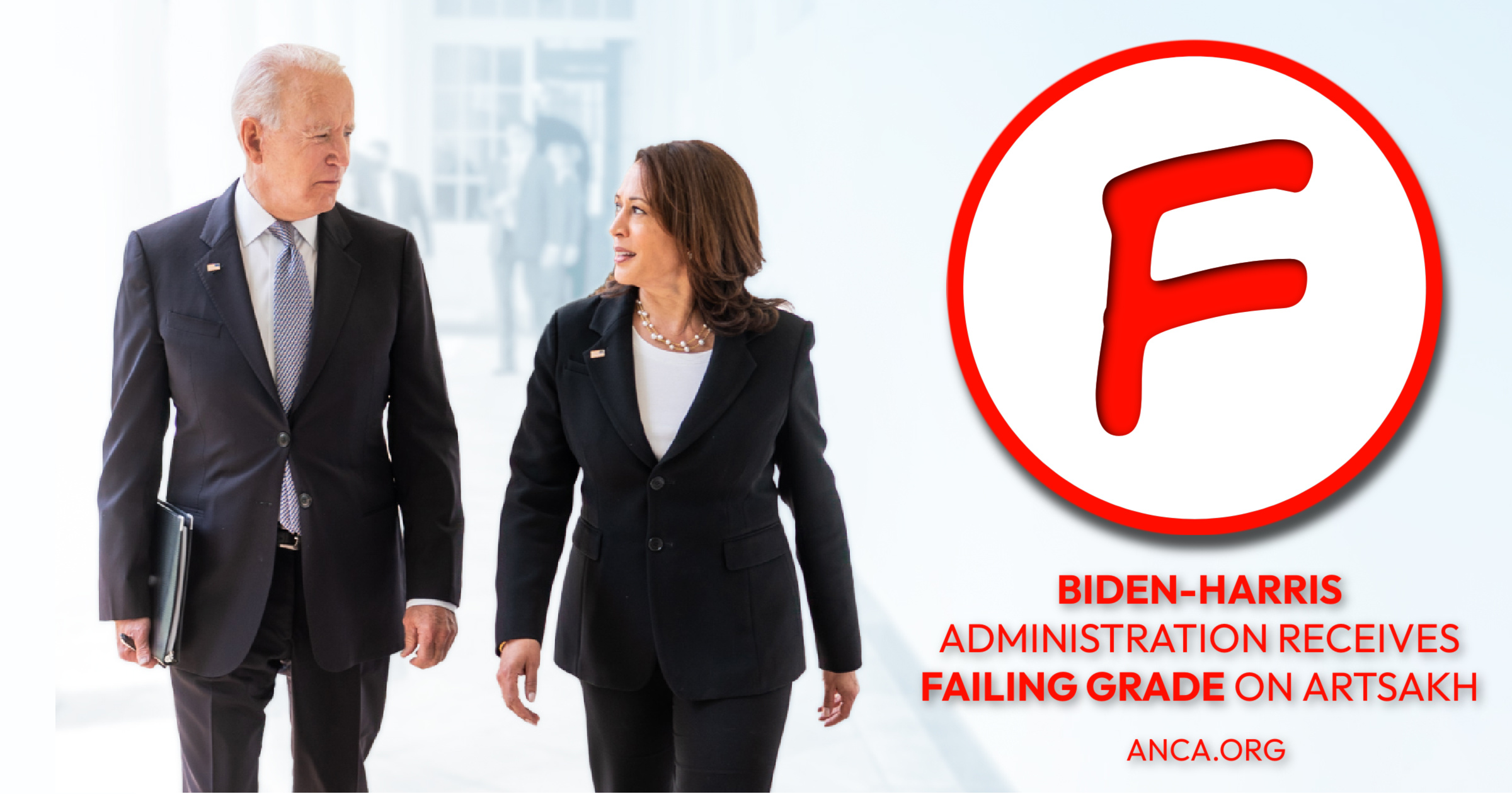Biden’s Hollow Diversity Pursuits: A Facade for Inefficiency
With the conclusion of Joe Biden’s presidency, his administration made attempts to appear focused on diversity, with the appointment of some individuals from varying backgrounds. One such appointment includes Deb Haaland as the Secretary of Interior, who is the first person of Native American descent to serve in such a capacity. Haaland made some statements suggesting that she genuinely believes they have significantly impacted the perception of the Indian Country during their tenure.
In a seemingly orchestrated move to amplify diversity, Haaland was positioned as a voice for the underserved communities. However, it’s debatable if such a characterization under Biden’s presidency truly resonated with the public or whether it was mere rhetoric. Critics argue that this administration did more talking than concrete actions to substantively change the lives of the ordinary Americans, including those from underrepresented communities.
This pseudo-focus on diversity was not only seen in Biden’s cabinet appointments but also in his federal bench nominations. The administration went out of its way to hire a cadre of professionals marked by different races and genders, in an apparent attempt to shape an image of an inclusive and diverse government. However, critics wonder if such a display of diversity actually resulted in any meaningful impact on policy-making and national governance.
In the same vein, Janet Yellen, was put forward as the first female Treasury Secretary. Yellen, in particular, presented an image of personal accomplishment to the public, as she occupies the 78th seat in the Treasury. However, the question remains whether these displays of diversity were genuine or mere symbols to create an illusion of progress and inclusivity under Biden’s administration.
Supreme Court Justice Ketanji Brown Jackson was also appointed, under the banner of Biden’s fleeting attempts towards diversity. She is the first Black woman to serve on the nation’s highest court. As historical as this nomination may seem, critics question whether it is a move of genuine value or just a politically motivated gesture.
Biden’s strategy of choosing applicants with non-traditional backgrounds for these roles was indeed different, but it is debated that instead of being strategically beneficial, these choices might have resulted in inefficiencies within the system. The public could perceive these attempts as Biden simply checking off diversity boxes rather than focusing on selecting qualified individuals chiefly on the basis of merit.
Viewed as a deviation from the common pattern in the Democratic party of nominating prosecutors to sail through confirmations, Biden’s administration appeared to value diversity over qualifications. But critics argue that choosing nominees based on their background rather than their expertise might have left a mark on the efficiency and effectiveness of the administration.
As Biden administration’s time in office dwindled, Yellen and Haaland relayed what seemed to be scripted messages for the younger generation and people from their community. However, some question the sincerity behind these messages and the actual opportunities available for the next generation.
Yellen postulated that there are numerous opportunities and potential paths for younger females in the current scenario. Critics, however, wonder if the young girls looking up to her will encounter the same degree of opportunities in real-world scenarios, or if these encouraging words merely serve an ideal, far removed from the realities of contemporary societal dynamics.
Similarly, Haaland broadcasted optimistic messages, exhorting individuals from her community to seize every opportunity and maintain their position at the societal table. Despite her hopeful words, skeptics question the actual seat that these communities have attained or if they merely hold symbolic positions on the periphery of power.
Biden’s endeavor towards diversity also extended to his vice-presidential pick, Kamala Harris, who arguably, was selected more for her demographic characteristics rather than her political acumen. The administration, in picking Harris, a woman of colour, seemed more focused on projecting an image of diversity rather than earnestly investing in capable leadership.
Among his cabinet picks was Defense Secretary Lloyd Austin. Lloyd’s appointment was seen by many as another attempt by Biden to create an image of diversity. There were concerns about whether Lloyd’s experience and qualifications sufficiently matched the requirements of the role or whether his selection was primarily a diversity play.
Former Mayor Pete Buttigieg was appointed as the Transportation Secretary under Biden’s administration. Critics speculate if Buttigieg’s relatively young age and minimal national experience make him suited for the role or whether his open identity as a gay man made him more of a diversity symbol in Biden’s administration.
The appointment of Xavier Becerra as the Health and Human Services Secretary under the Biden administration was also controversial. Critics believe that his lack of direct health experience makes him an odd choice for the role, with his selection appearing more rooted in diversity optics than substantial qualifications.
Press Secretary Karine Jean-Pierre, another member of Biden’s attempt at a diverse administration, also drew scrutiny. Critics question whether her appointment was the product of her competence or if it was primarily driven by a desire to project diversity, thus overriding qualifications and expertise.
In conclusion, Biden’s presidency showed a seemingly prominent emphasis on diversity, but it has not been without controversy. Critics argue that these appointments seemed more about checking diversity boxes and crafting a certain narrative rather than prioritizing experience, qualifications, and the potential for excellent service delivery.

